Eiffel Tower
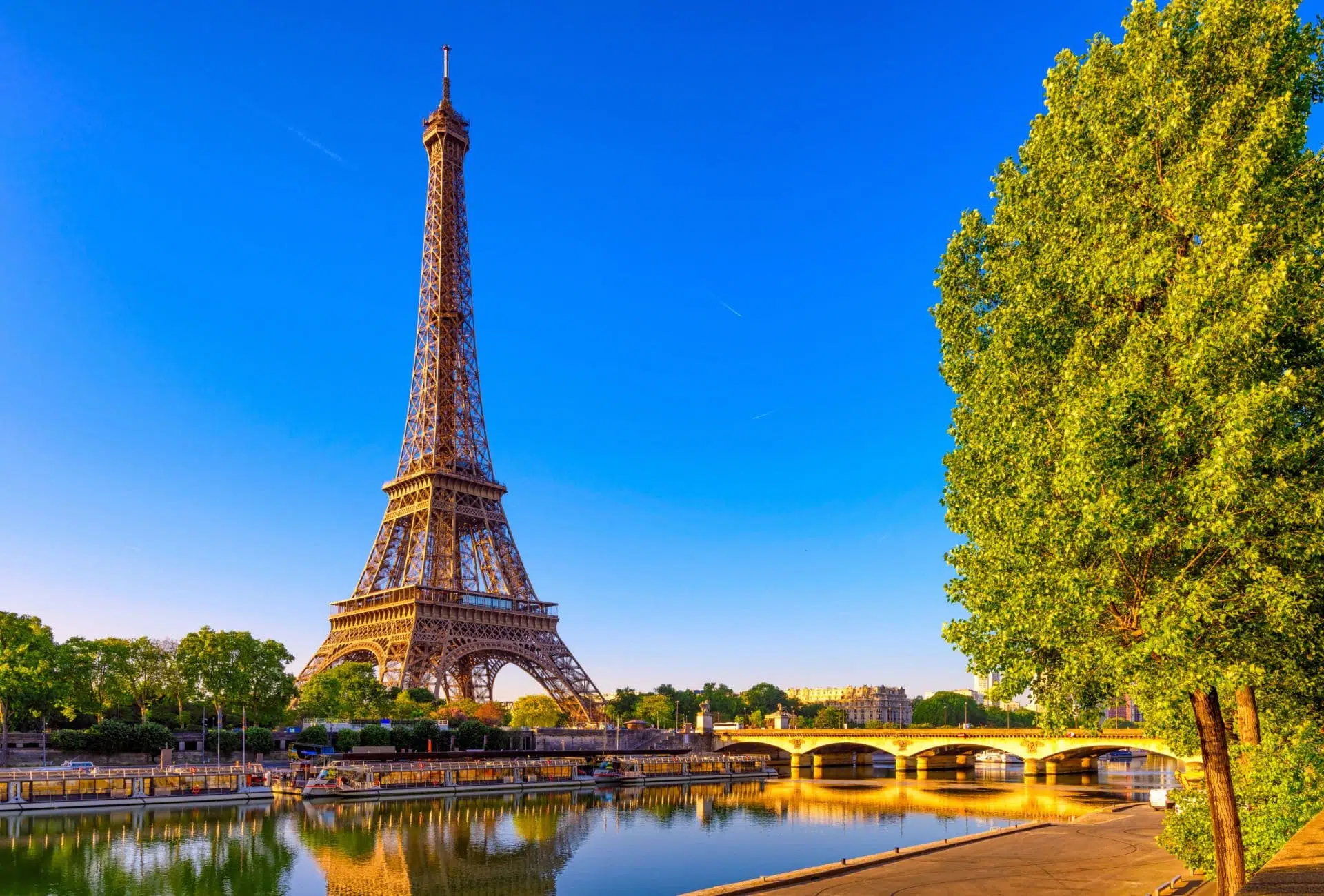
The Eiffel Tower, an iconic symbol of Paris and one of the most recognizable structures in the world, is a must-visit attraction. Built for the 1889 World’s Fair, this wrought-iron lattice tower stands at 324 meters and offers breathtaking views of the city. Visitors can take the elevator or climb the stairs to the various observation decks, each providing stunning panoramas of Paris’s landmarks, such as the Seine River, Notre-Dame Cathedral, and the distant Sacré-Cœur Basilica. The tower is particularly captivating at night when it sparkles with thousands of lights in a dazzling display. Dining at one of the tower’s restaurants, like the Michelin-starred Le Jules Verne, adds a touch of culinary delight to the visit. The Eiffel Tower is not just a marvel of engineering but also a cultural emblem, making it an unforgettable experience for anyone visiting Paris.
Louvre Museum
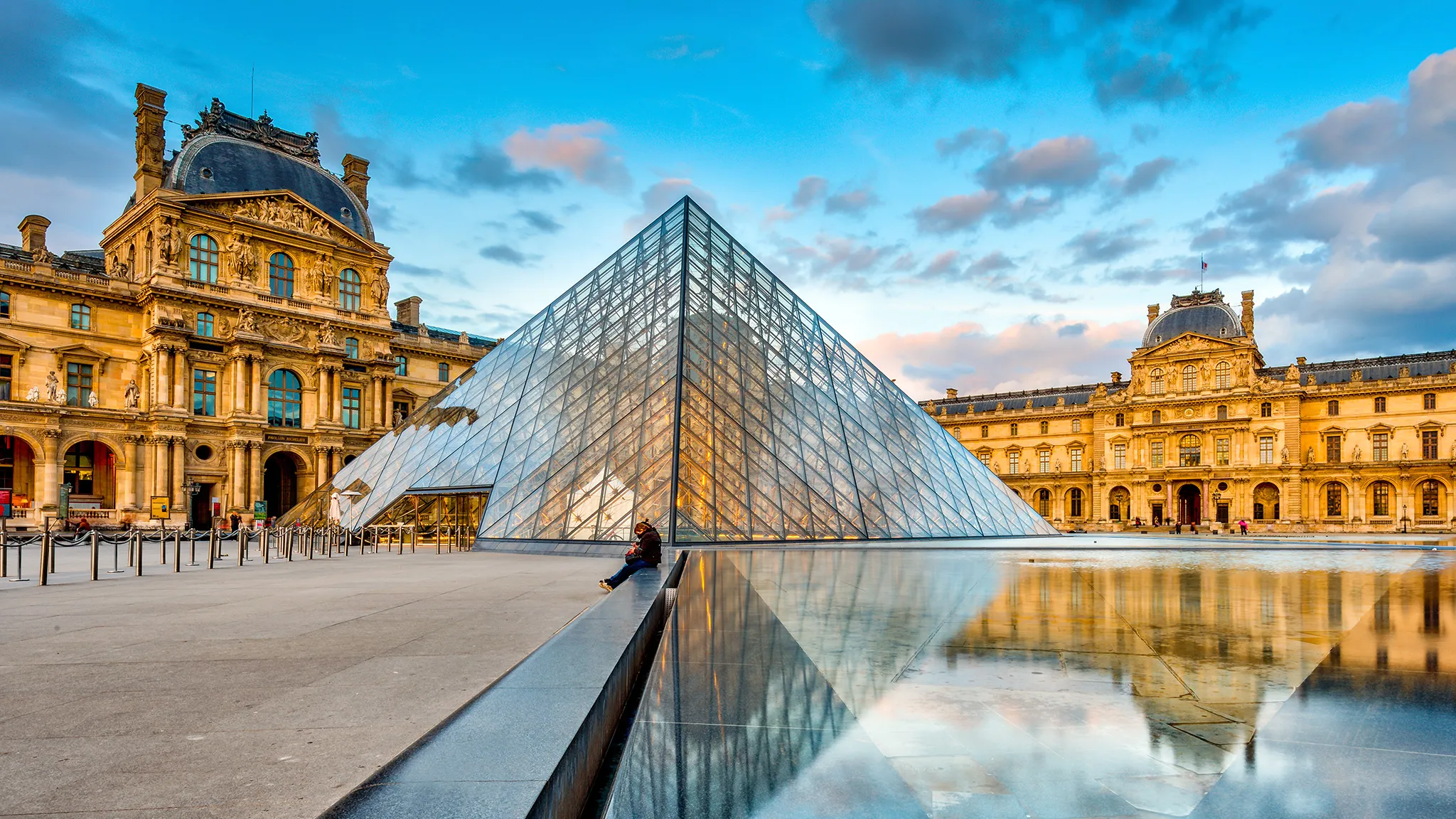

The Louvre Museum, housed in a former royal palace, is the world’s largest art museum and a historic monument in Paris. With over 38,000 objects from prehistory to the 21st century, the Louvre’s vast collection includes some of the most famous works of art in history. The museum’s centerpiece is Leonardo da Vinci’s “Mona Lisa,” known for her enigmatic smile. Other highlights include the ancient Greek statue “Venus de Milo” and the monumental “Winged Victory of Samothrace.” The Louvre’s extensive galleries span eight departments, offering an unparalleled journey through human civilization’s artistic achievements. The museum’s glass pyramid entrance, designed by I. M. Pei, is an architectural marvel in itself. Whether you’re an art aficionado or a casual visitor, the Louvre provides a deeply enriching cultural experience that is both educational and inspiring.
Notre-Dame Cathedral

Notre-Dame Cathedral, an iconic masterpiece of French Gothic architecture, stands majestically on the Île de la Cité in the heart of Paris. Completed in the 14th century, its intricate facade, stunning stained glass windows, and impressive flying buttresses make it a must-see landmark. The cathedral’s interior is equally magnificent, with its towering nave, beautiful rose windows, and the historic organ. Climbing the 387 steps to the top of the towers offers a close-up view of the gargoyles and a panoramic vista of Paris. Despite the devastating fire in 2019, Notre-Dame remains a symbol of resilience and faith, with ongoing restoration efforts ensuring its preservation. Attending a mass or simply exploring the cathedral allows visitors to experience its spiritual and historical significance. Notre-Dame’s rich history, architectural beauty, and cultural importance make it an essential part of any visit to Paris.
Sacré-Cœur Basilica

The Sacré-Cœur Basilica, perched atop Montmartre Hill, offers one of the most spectacular views of Paris. This Roman Catholic church, dedicated to the Sacred Heart of Jesus, was completed in 1914 and is known for its striking white facade and Byzantine-inspired architecture. Inside, visitors can admire the grand mosaic in the apse, one of the largest in the world, depicting Christ in Majesty. The basilica’s dome, accessible via 300 steps, provides an unparalleled 360-degree panorama of the city. The surrounding Montmartre neighborhood, with its cobblestone streets, artists’ studios, and charming cafes, adds to the area’s bohemian charm. Sacré-Cœur is not only a place of worship but also a cultural landmark, drawing millions of visitors each year. Its serene atmosphere, combined with the vibrant energy of Montmartre, makes it a unique and unforgettable destination.
Champs-Élysées and Arc de Triomphe

The Champs-Élysées, often described as “the most beautiful avenue in the world,” stretches from the Place de la Concorde to the Arc de Triomphe. This grand boulevard is lined with luxury shops, theaters, and cafes, making it a premier destination for shopping and entertainment. At its western end stands the Arc de Triomphe, a monumental arch commissioned by Napoleon to honor the French army. Climbing to the top of the arch offers a stunning view of the city and the twelve avenues radiating from the Place Charles de Gaulle. The Champs-Élysées is also the site of major events, including the Bastille Day military parade and the final stage of the Tour de France. Walking down this iconic avenue, visitors can immerse themselves in Parisian culture and history. The blend of historic significance and modern elegance makes the Champs-Élysées and Arc de Triomphe an essential stop in Paris.
Musée d’Orsay

The Musée d’Orsay, housed in a former Beaux-Arts railway station, is renowned for its extensive collection of Impressionist and Post-Impressionist masterpieces. The museum’s unique architecture, with its grand hall and large clock faces, creates a distinctive setting for its artworks. Visitors can admire works by artists such as Monet, Renoir, Van Gogh, and Degas, including iconic pieces like Van Gogh’s “Starry Night Over the Rhône” and Renoir’s “Dance at Le Moulin de la Galette.” The museum also features sculptures, decorative arts, and photography from the mid-19th to early 20th centuries. The Musée d’Orsay offers a comprehensive overview of this vibrant period in art history, making it a favorite among art lovers. Its central location along the Seine River and its stunning collection make the Musée d’Orsay a must-visit for anyone interested in the evolution of modern art.
Sainte-Chapelle

Sainte-Chapelle, located within the medieval Palais de la Cité, is a Gothic gem known for its breathtaking stained glass windows. Built in the 13th century by King Louis IX to house his collection of religious relics, the chapel is a masterpiece of Rayonnant Gothic architecture. The upper chapel’s walls are almost entirely composed of 15-meter-high stained glass windows, depicting over 1,100 scenes from the Bible. The vivid colors and intricate details create a luminous and ethereal atmosphere, especially on sunny days. The lower chapel, reserved for palace staff, features beautiful frescoes and a statue of Louis IX. Sainte-Chapelle’s intimate size and stunning artistry make it a serene and awe-inspiring place to visit. Its historical significance and unparalleled beauty make Sainte-Chapelle a highlight for anyone exploring Paris’s rich architectural and cultural heritage.
Montmartre

Montmartre, a historic district in Paris, is famous for its bohemian atmosphere, artistic heritage, and stunning views from the top of the hill. Once home to renowned artists like Picasso, Van Gogh, and Toulouse-Lautrec, Montmartre retains its creative spirit with numerous art studios, galleries, and street artists. The iconic Sacré-Cœur Basilica, with its white domes, stands as a beacon overlooking the city. Visitors can explore the winding cobblestone streets, charming cafes, and bustling squares like Place du Tertre, where artists display their work. Montmartre’s history as a haven for artists and writers is evident in places like the Musée de Montmartre and the cabaret Moulin Rouge. The area’s vibrant nightlife, with its bars, clubs, and live music venues, adds to its allure. Montmartre offers a unique blend of history, culture, and panoramic views, making it a captivating destination for visitors.
Luxembourg Gardens
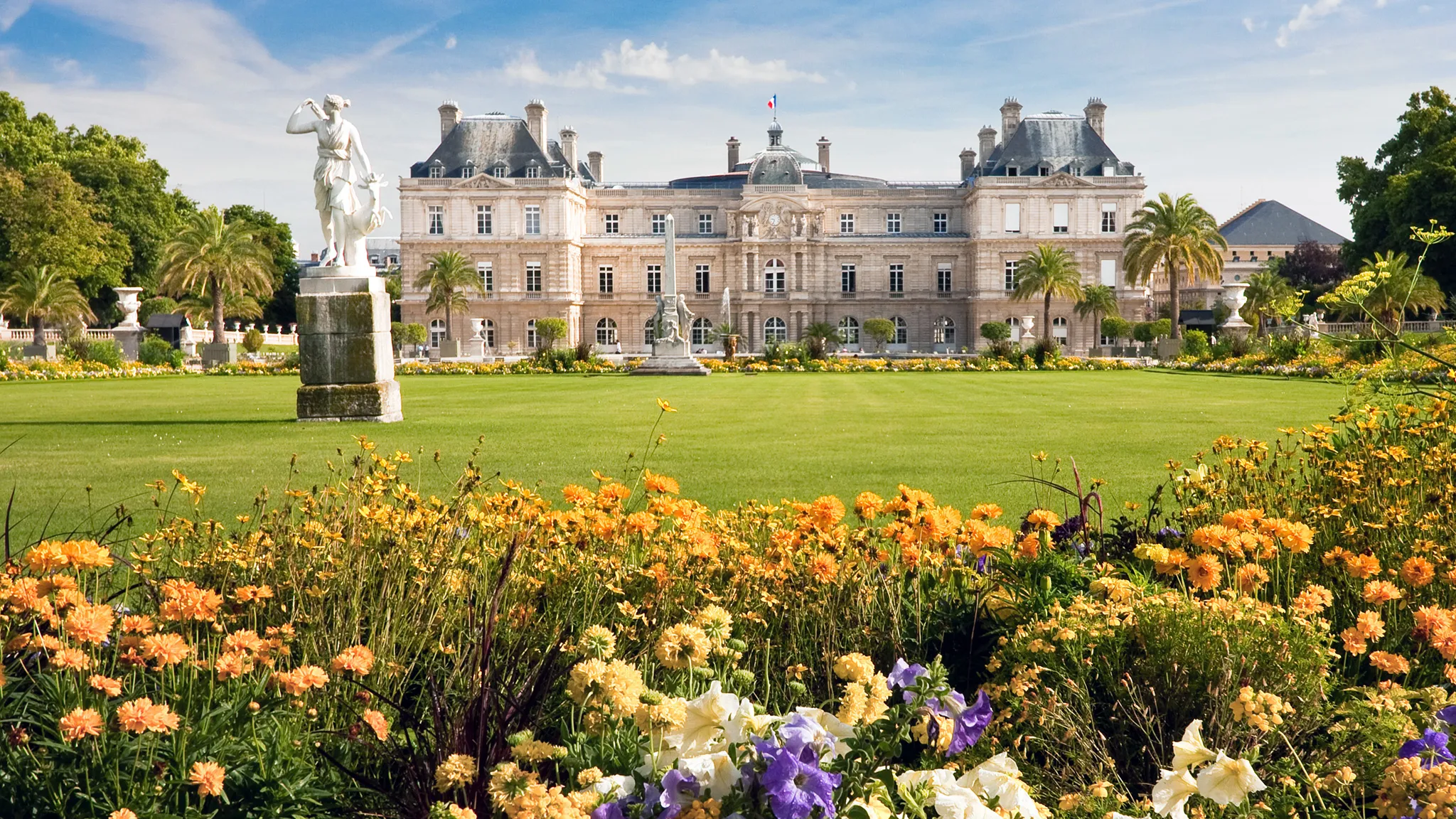

The Luxembourg Gardens, or Jardin du Luxembourg, is a beautifully manicured park in the heart of Paris’s Left Bank. Created in the 17th century by Marie de’ Medici, it offers a tranquil escape with its formal lawns, flowerbeds, and tree-lined promenades. The garden’s centerpiece is the Luxembourg Palace, now home to the French Senate, and its iconic Medici Fountain, a romantic spot favored by visitors. The gardens feature a variety of attractions, including an orchard, a rose garden, and several statues, including a miniature replica of the Statue of Liberty. Activities abound for all ages, from sailing model boats on the central pond to playing tennis, chess, or pétanque. The Luxembourg Gardens are a favorite spot for locals and tourists alike to relax, picnic, or simply enjoy the beauty of the surroundings. The blend of natural beauty, historical significance, and recreational opportunities make it a must-visit.
Seine River Cruise
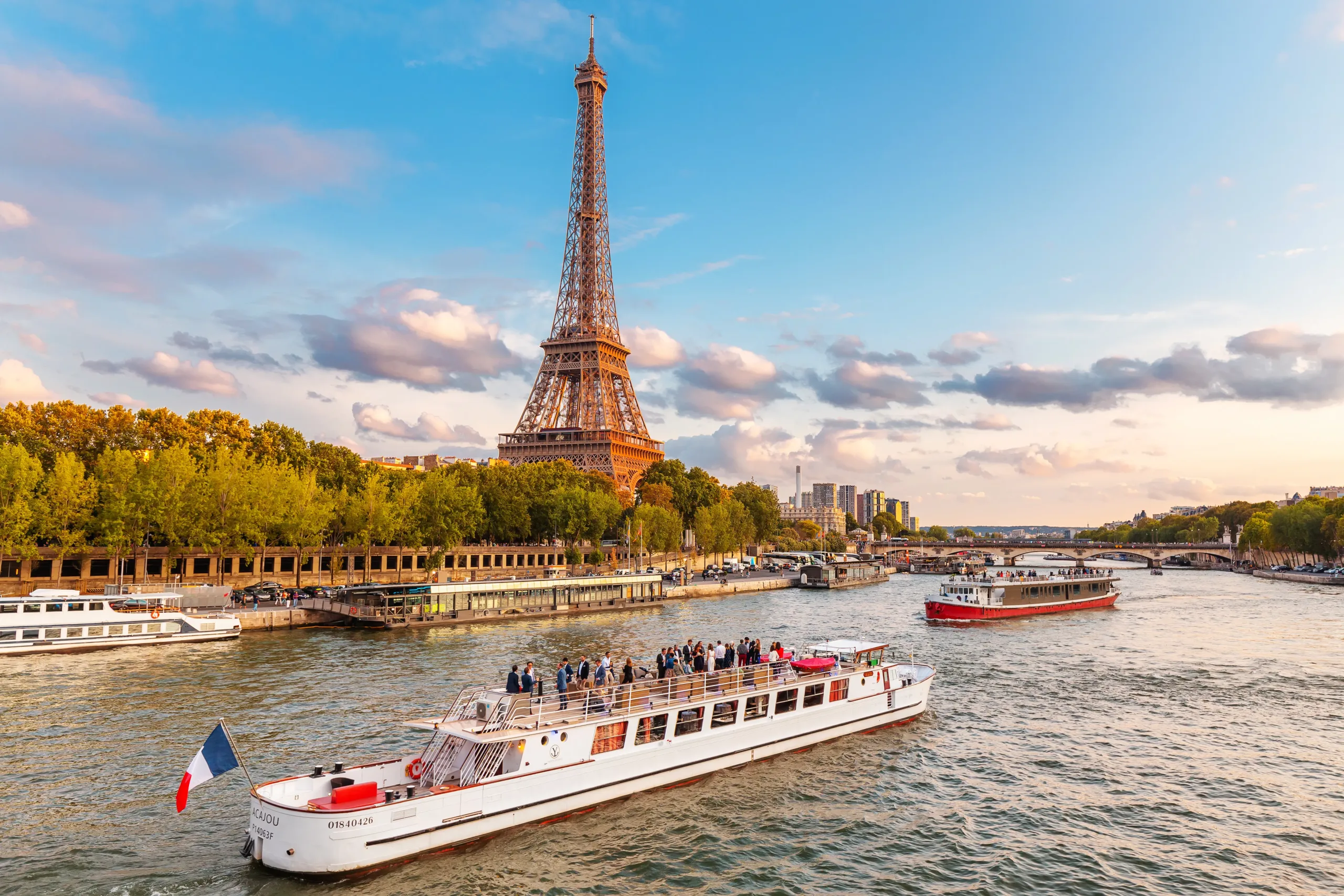

A Seine River Cruise offers a unique perspective on Paris, allowing visitors to see many of the city’s landmarks from the water. These cruises typically pass by iconic sights such as the Eiffel Tower, Notre-Dame Cathedral, and the Louvre Museum. Many cruises also offer commentary, providing historical and cultural insights into the city’s landmarks. Evening cruises are particularly popular, as Paris’s illuminated monuments create a magical atmosphere. Some cruises include dining options, allowing guests to enjoy a meal while taking in the views. The Seine River itself has been central to Paris’s development, and a cruise provides a relaxing and informative way to experience the city’s charm and beauty. Whether it’s a short sightseeing trip or a romantic dinner cruise, floating along the Seine offers an unforgettable way to see Paris.
Palace of Versailles

The Palace of Versailles, located just outside Paris, is a symbol of the absolute monarchy of the Ancien Régime. Originally a hunting lodge, it was transformed by Louis XIV into a magnificent palace with grandiose architecture and opulent interiors. Visitors can explore the State Apartments, including the Hall of Mirrors, where the Treaty of Versailles was signed, and the lavishly decorated King’s and Queen’s Chambers. The palace’s extensive gardens, designed by André Le Nôtre, feature geometric flowerbeds, ornate fountains, and the Grand Canal. The estate also includes the Trianon palaces and Marie-Antoinette’s Hamlet, offering a glimpse into the private lives of the royal family. A visit to Versailles provides a fascinating insight into the history and culture of the French monarchy. The palace’s grandeur and the beauty of its gardens make it a day trip worth taking from Paris.
Les Invalides
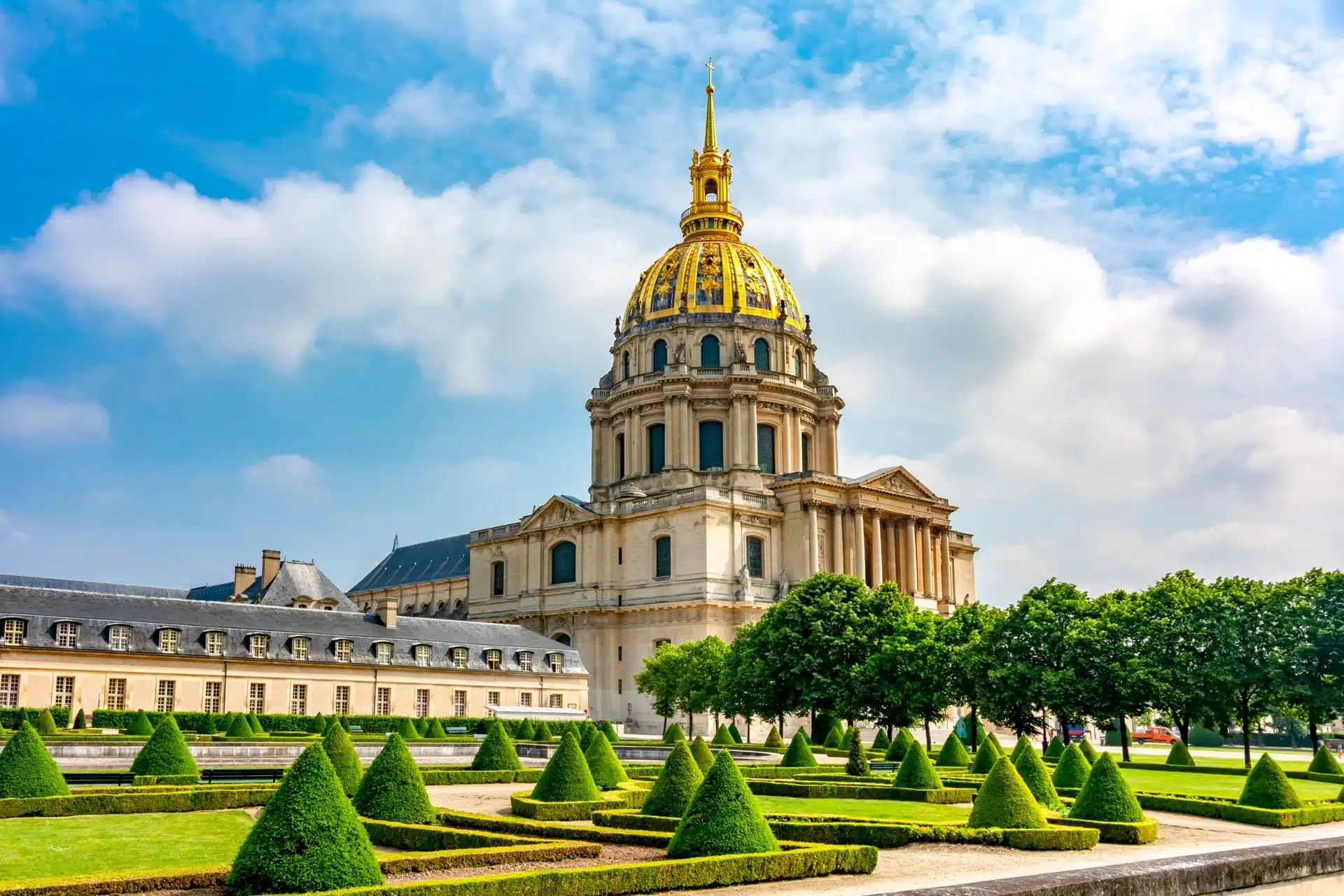

Les Invalides, a sprawling complex in the 7th arrondissement of Paris, is a testament to French military history. Originally built by Louis XIV in the 17th century as a hospital and retirement home for war veterans, it now houses several museums and monuments related to France’s military history. The centerpiece is the Dôme des Invalides, an impressive church with a gilded dome, under which lies the tomb of Napoleon Bonaparte. The Musée de l’Armée, one of the largest military museums in the world, offers extensive exhibits ranging from ancient armor and weapons to artifacts from the two World Wars. Les Invalides also includes the Musée des Plans-Reliefs and the Musée d’Histoire Contemporaine. The site’s historical significance, combined with its architectural beauty and comprehensive exhibits, makes Les Invalides a fascinating destination for history enthusiasts and casual visitors alike.
Panthéon

The Panthéon, located in the Latin Quarter of Paris, is an architectural masterpiece and a symbol of French history and culture. Originally built as a church dedicated to St. Genevieve, it now serves as a mausoleum for distinguished French citizens. The neoclassical facade, inspired by the Pantheon in Rome, features a majestic portico with Corinthian columns. Inside, the vast interior is adorned with murals depicting scenes from French history and the life of St. Genevieve. The crypt houses the tombs of notable figures such as Voltaire, Rousseau, Victor Hugo, and Marie Curie. Climbing to the dome offers breathtaking views of the city. The Panthéon’s combination of historical significance, architectural grandeur, and its role as the final resting place for some of France’s greatest minds make it a must-visit landmark in Paris.
Tuileries Garden

The Tuileries Garden, located between the Louvre Museum and Place de la Concorde, is one of Paris’s most historic and beautifully landscaped public spaces. Designed in the 16th century by Catherine de’ Medici and later reimagined by landscape architect André Le Nôtre, the garden features formal lawns, manicured flowerbeds, and elegant statues. The central Grand Allée offers a picturesque promenade, leading to the Arc de Triomphe du Carrousel. Visitors can relax by the large ponds, where children often sail model boats, or enjoy the various cafes and ice cream stands scattered throughout the park. The Tuileries also host temporary art installations and cultural events, adding a dynamic element to the tranquil surroundings. Its central location and historical charm make the Tuileries Garden a perfect spot for a leisurely stroll or a peaceful respite in the heart of Paris.
Place de la Concorde

Place de la Concorde, the largest square in Paris, is steeped in history and surrounded by architectural splendor. Located at the eastern end of the Champs-Élysées, the square is known for its 3,300-year-old Egyptian obelisk, which stands at its center, and the two magnificent fountains, the Fountain of River Commerce and Navigation and the Fountain of the Seas. The square was originally named Place Louis XV but was renamed during the French Revolution when it became the site of the guillotine and the execution of King Louis XVI and Marie Antoinette. Today, it’s a bustling area surrounded by important landmarks, including the Hôtel de Crillon and the French Naval Ministry. Place de la Concorde’s historical significance and its position as a gateway to the Champs-Élysées and the Tuileries Garden make it a pivotal point in any exploration of Paris.



